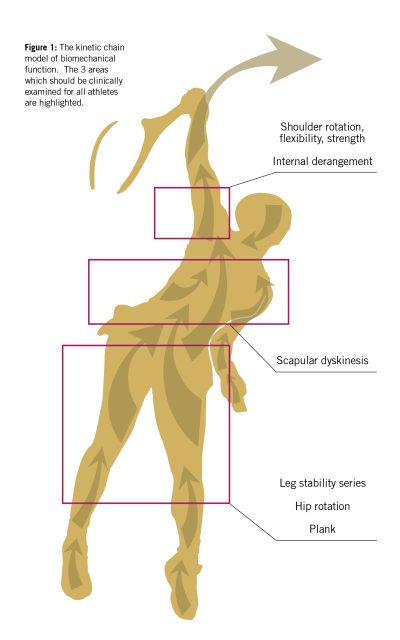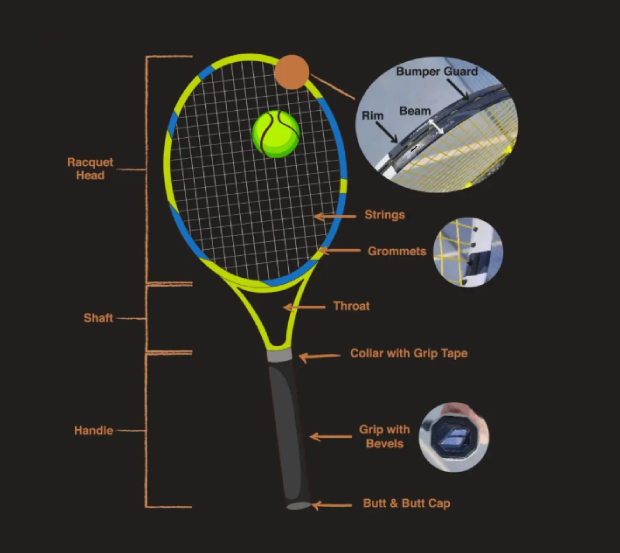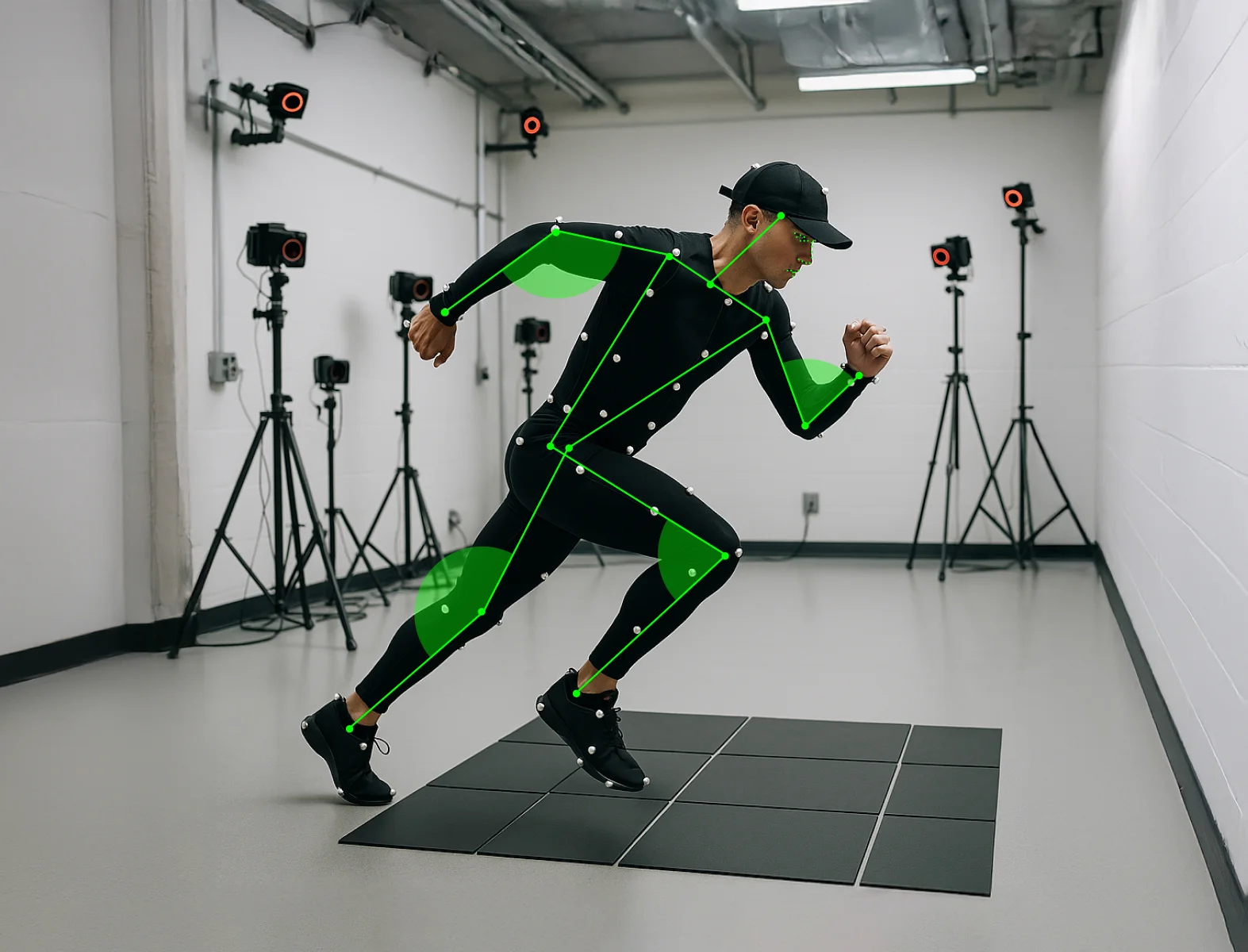The Kinetic Chain: A Human Whip
The power of Serena's serve doesn't start in her arm—it starts from the ground. This is the principle of the kinetic chain. Like cracking a whip, energy is generated by her legs pushing against the court, transferred up through her hips and torso as they rotate, and finally unleashed through her shoulder, arm, and racquet. Each link in the chain adds more force, resulting in explosive power at the point of contact.



